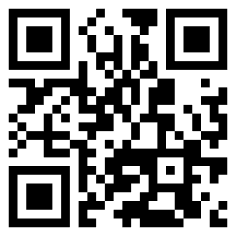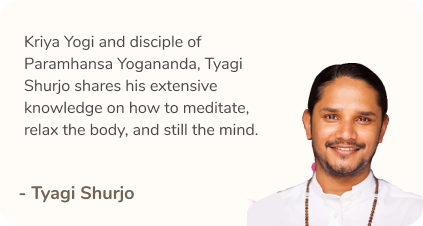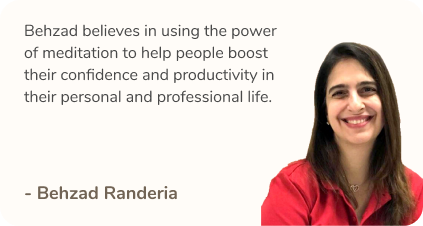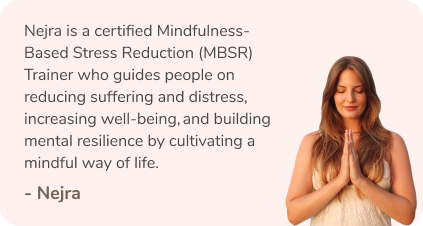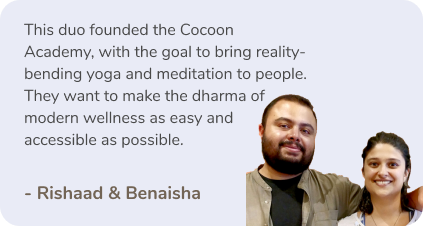“Oh dear! I have this habit of always keeping my bed clean. I think I have OCD!”
“I must walk within a particular tile; I don’t know I feel uneasy.”
“I have to wash the dishes tonight itself. I won’t be able to sleep otherwise.”
Well, here’s the truth. There is a big chance that you may not have OCD. Let’s break it down for you to understand the illness better.
What is OCD?
OCD, also known as Obsessive Compulsive Disorder, is a type of mental illness which leads to repeated thoughts and the urge to do something repeatedly. OCD can be present with a wide variety of symptoms. This includes a “symmetry factor”, a “forbidden thoughts factor”, a “cleaning factor”, and a “hoarding factor”. People with Obsessive Compulsive Disorder (OCD) show impairment in formulating an organizational strategy for coding information, set-shifting, and motor and cognitive inhibition. The phrase obsessive–compulsive is sometimes used in an informal manner unrelated to OCD to describe someone as being excessively meticulous, perfectionistic, absorbed, or otherwise fixated; which people often confuse with OCD.
They are further characterized into 4 different categories:
- Checking: The need to check is the compulsion, but the obsessive fear might be to prevent damage, fire, leaks or harm.
- Contamination / Mental Contamination: The fear of being dirty and contamination is the obsessional worry, often fear is that contamination might cause harm to one’s self or a loved one. The common compulsions might be to wash or clean or avoid.
- Symmetry and ordering: The need to have everything lined up symmetrically just ‘right’ is the compulsion, the obsessive fear might be to ensure everything feels ‘just right’ to prevent discomfort or sometimes to prevent harm occurring.
- Ruminations / Intrusive Thoughts: In the context of Obsessive Compulsive Disorder (OCD), a rumination is a train of prolonged thinking about a question or theme that is undirected and unproductive. Unlike obsessional thoughts, ruminations are not objectionable and are indulged rather than resisted. Many ruminations dwell on religious, philosophical, or metaphysical topics, such as the origins of the universe, life after death, the nature of morality, and so on.
- Hoarding: Another obsession long considered to be part of ‘OCD’ is the inability to discard useless or worn-out possessions, commonly referred to as ‘hoarding’.
Examples of behaviour due to OCD
- A person may feel the need to repeatedly wash his/her hands due to constant fear of catching germs.
- Obsessed a certain school of thought which may also involve intrusive thoughts or images of “kissing, touching, fondling, oral sex, anal sex, intercourse, incest, and rape” with “strangers, acquaintances, parents, children, family members, friends, co-workers, animals, and religious figures”, and can include “heterosexual or homosexual content” with persons of any age.
- Counting, tapping, repeating certain words, or doing other senseless things to reduce anxiety.
- Repeatedly checking in on loved ones to make sure they’re safe.
How does OCD happen? What causes it in a person?
More of psychological issue it begins in late childhood or early adolescence. People with OCD experience recurrent and persistent thoughts and also perform repetitive actions that are time consuming and excessive, which is how it is identified.
Yes, it may run in families and be transferred through genes. Genes play a larger role when OCD starts in childhood. OCD can also be drug induced. Apart from these there no other known reasons for the occurrence of OCD.
How can one treat it?
A form of psychotherapy called cognitive behavioral therapy and psychotropic medications are first line treatments to OCD. Under cognitive behavioral therapy a specific technique called which involves teaching the person to deliberately come into contact with the situations that trigger the obsessive thoughts and fears, without carrying out the usual compulsive acts associated with the obsession, thus gradually learning to tolerate the discomfort and anxiety associated with not performing the ritualistic behavior.
Medications most frequently used are the selective serotonin reuptake inhibitors (SSRI’s). Clomipramine, a medication belonging to the class of cyclic antidepressants appears to help well but has a higher rate of side effects.
Some people have also resorted to Electroconvulsive therapy (ECT) in some severe and refractory cases. Surgery may be used as a last resort in people who do not improve with other treatments. In the United States, psychosurgery for OCD is a treatment of last resort and will not be performed until the person has failed several attempts at medication (at the full dosage) with augmentation, and many months of intensive cognitive–behavioral therapy with exposure and ritual/response prevention. Likewise, in the United Kingdom, psychosurgery cannot be performed unless a course of treatment from a suitably qualified cognitive–behavioral therapist has been carried out.
Let’s be a little more careful with the term now and show more empathy towards people who have acquired this disorder.
Read more: Quick Vacations From Your Room: 10 Travel Films to Watch This Month
Like & Follow ThinkRight.me on Facebook, Instagram, and Telegram to stay connected.

